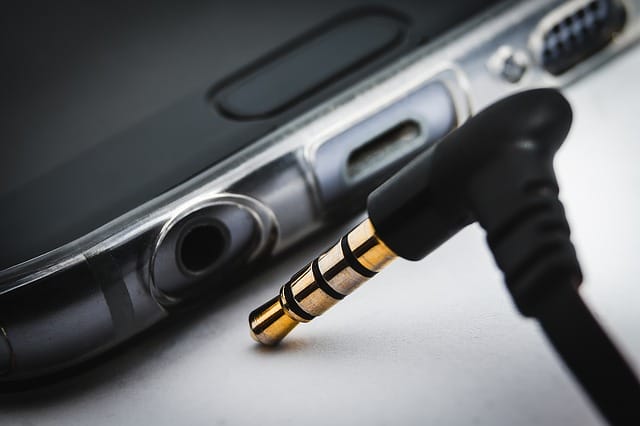An amplifier’s function is to improve the sound quality of your speakers and subwoofers. The system does this by driving them with the power required by your speaker set to create bass and a better listening experience.
It is important to note that the car stereo is a complex system. Therefore, if the Amp of your car experiences any problem, then the quality of the whole system will automatically deteriorate. This is a very common problem whenever your Amp has power but lacks sound.
Several people assume that no sound from the subs is undoubtedly a problem with a blown or faulty amp. However, this is not always the case, since various other reasons can cause this problem.
If your car amp turns on but no sound from subs is present, don’t worry because we have got you covered. In our article, we will explain some of the simplest and most actionable ways of determining your problem and easy solutions on how to fix it. Keep reading to learn more.
Table of Content
Also Check: 8 Best Car Amps for Bass
Car Amp Turns on But No Sound from Subs – How to Solve the Problem

Check if your Sub is Connected Correctly to your Amp
If your car amp is working, but there is no sound from the subwoofers, you should first check if the power cables from the subwoofers are correctly connected to your amplifier. The subwoofers are usually connected to the amps using the RCA cables through the speaker outputs at the back of your amplifier.
Ensure you connect the right and left output speakers to their corresponding right and left speaker wires. In some instances, the amplifier may have its positive and negative polarities defined. In this case, you should ensure that every speaker’s negative and positive terminals are going into a similar polarity to the amplifier.
Check if your Amp is Connected Correctly to your Head Unit Input and Output
If your car amp has power but has no sound from the amps, checking the input and output’s connection to the head unit is another requirement. This process begins with the connection cables between your Amp and the head unit, followed by the RCA cables that connect the head unit to the Amp. However, if your stereo has several RCA output cables, ensure that you’ve checked all of them while testing for any sound from the subs.
It’s important to note that the function of those input, output and RCA cables is to provide your Amp with the signal from the stereo. If they are plugged in the wrong ports or disconnected, the Amp won’t work.
Check for any Faulty Wires

Faulty wires, especially the power wires that deliver current to the amplifier, are one of the problems that are likely to cause your sound signal to disappear from your Amp.
Some of the most common causes of this problem include damage and corrosion of those wires, which may affect the current flow. Another cause is improper wiring, which makes some of the energy used to drive current through the cables convert into heat. This can make the wires burn out.
Given you have the necessary technical skills, you can check and adjust those wires or replace them for your Amp to properly work.
Make Sure your Amp Has Enough Power for your Sub
Your amp may still turn on even without receiving the required operational voltage. However, while the amp may appear to be properly working whenever this happens, the subs will not produce any sound. This is because the amp is unable to amplify the sound signals and feed them to the subwoofers with enough voltage.
Therefore to ensure this is not the reason behind the subs not producing any sound, use a voltmeter and check that the voltage reading is between 12 to 14. If they display anything below 12, check for any loose wires in the battery connections, fuse blocks, or grounding bolts.
Besides, it is important to note that some amplifiers have built in fuse switches. These should be inspected to ensure that their fuses have not blown. If they are in proper working conditions, they will give a reading of close to 0 ohms.
Check to See if the Sub is Damaged
Short circuited subs are the most common problems for your speakers and subwoofers. This is because any metallic connection between the negative and positive poles at the terminal and cone leads to an immediate short.
In most cases, users do not find out about the short until they turn on the system and find the amp working, but the subs are incapable of producing any sound. You should check your subs with other systems and amps, if possible. If you hear complete silence, then know that the wires have been burned at a particular point, so an electrical signal is transmitted to your Sub.
Frequently Asked Questions
How do I Know if my Sub is Compatible with my Amp?
Other specifications include their frequency response and sensitivity, equal impedance, and power handling capabilities between the Amp and the sub, which play a crucial role in the production of clear and loud sounds. Above all, consider their power handling capabilities, which is important in the reduction of overheating and will reduce any chance for damage, ensuring a safe operation of your devices.
How do I Know if I Need an Amp for my Car Stereo System?
Conclusion
Even though your amp may work fine, several other problems can be attributed to the lack of sound from your speakers and subwoofers. It is recommended that you troubleshoot your different connections, components, and devices before connecting your woofers again. Doing so, you will avoid any damage in the process.
The most critical reasons as to why a powered amp may work perfectly fine but your subs won’t are factors such as power input and output issues, short-circuiting, wire damage and corrosion, and above all, improper connection of the Amp. Always consider taking your car to a specialized shop if you don’t feel confident in making those repairs yourself.We hope you liked this article. Feel free to let us know if you have any questions about the subject!
Ian Sniesko is an experienced music producer and musician who loves to share his knowledge about the best audio equipment for making and enjoying great music. For the past 6 years, Ian has written extensively about the audio equipment industry and has contributed to many of the top music magazines.